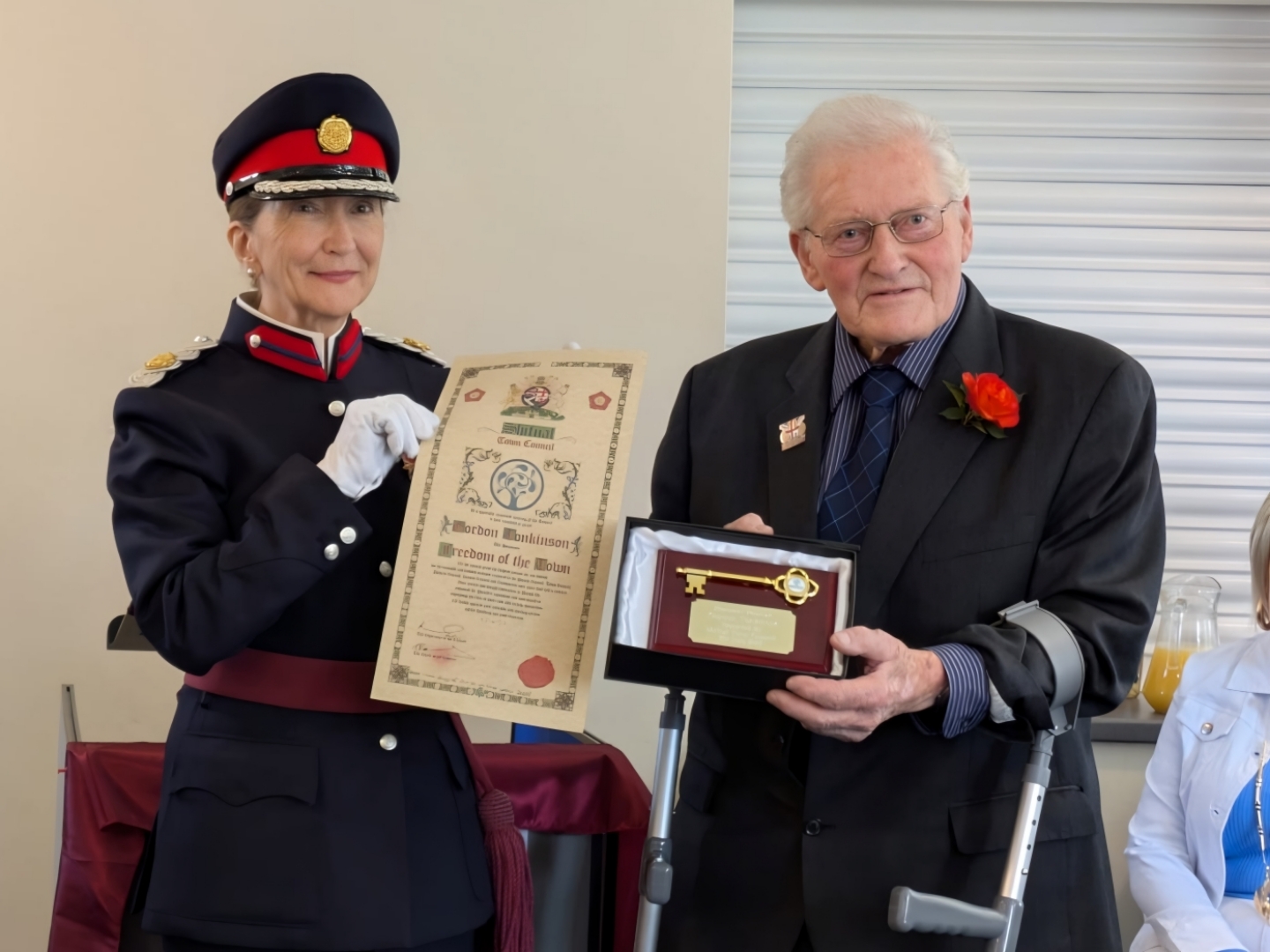Important work
Your cat’s kidneys perform lots of important jobs.
They filter waste products from the blood into the urine, maintain blood pressure and water balance, produce certain hormones, and regulate the levels of essential minerals in the body.
When the kidneys aren’t working properly, waste products build up in the bloodstream and the body tries to compensate for the loss of the other functions. When too much kidney function is lost, signs of illness start to show in your pet.
Kidneys can stop working suddenly if damaged by poisons (like antifreeze), infection or injury. In older cats, it’s more common that they gradually stop working over time. In most of these cases a specific cause is not found, having passed unnoticed after starting a wear and tear process on the kidneys. This chronic form of kidney disease (CKD) is one of the most common conditions to affect older cats.
CKD develops slowly; signs can be subtle and are easy to dismiss as normal age-related changes. Kidneys have lots of spare capacity and symptoms may not develop until they have lost at least two-thirds of their function. Unfortunately, this means that the disease is often quite advanced by the time we see your pet.
Spotting the signs
Being aware that this is a very common disease in cats will help you spot the signs earlier.
Symptoms to look out for:
- Drinking more than normal
- Urinating more than normal, lighter in colour
- Weight loss
- Eating less (or nothing at all)
- Vomiting
- Lethargy
- Poor coat condition
Damage to the kidneys cannot be reversed so the earlier CKD is detected, the better the chance of slowing further harm.
What to do
Urine tests, blood tests and blood pressure monitoring help to detect the early signs before symptoms appear. Your vet might recommend these as part of an annual health check as your cat gets older.
If your cat is showing symptoms, these same tests will be used to determine how much the kidney function is affected and what the next steps should be. They also rule out conditions like diabetes or thyroid disease which can have similar symptoms.
Treatment is aimed at slowing the progression of the disease, improving your cat’s symptoms, and maintaining a good quality of life for your pet. As well as medications, this could include a special diet and also efforts to increase water consumption, to help reduce the workload on the kidneys.

Joanne Wills MRCVS
Severn Edge Vets,
Bridgnorth 24hr Hospital






